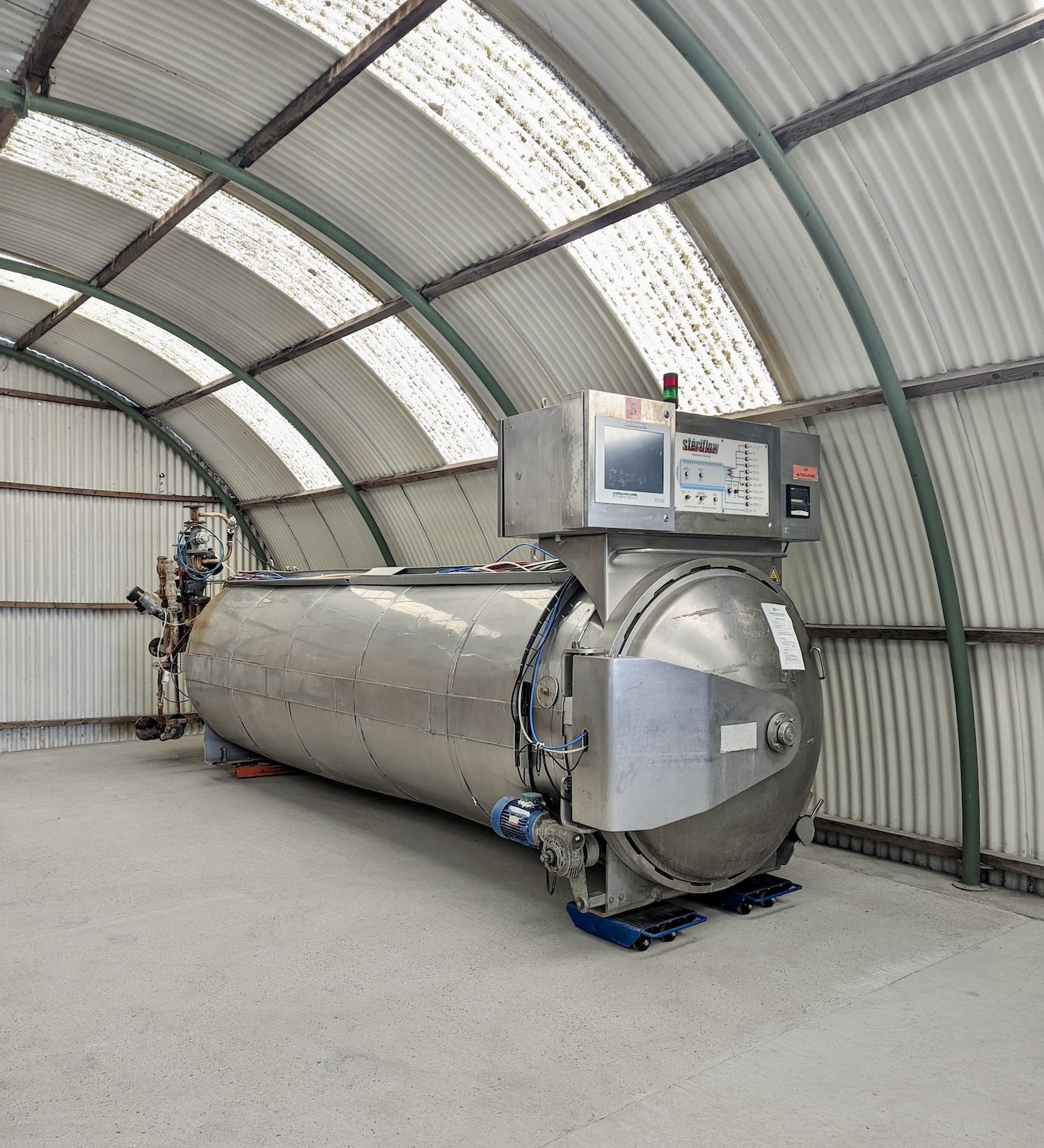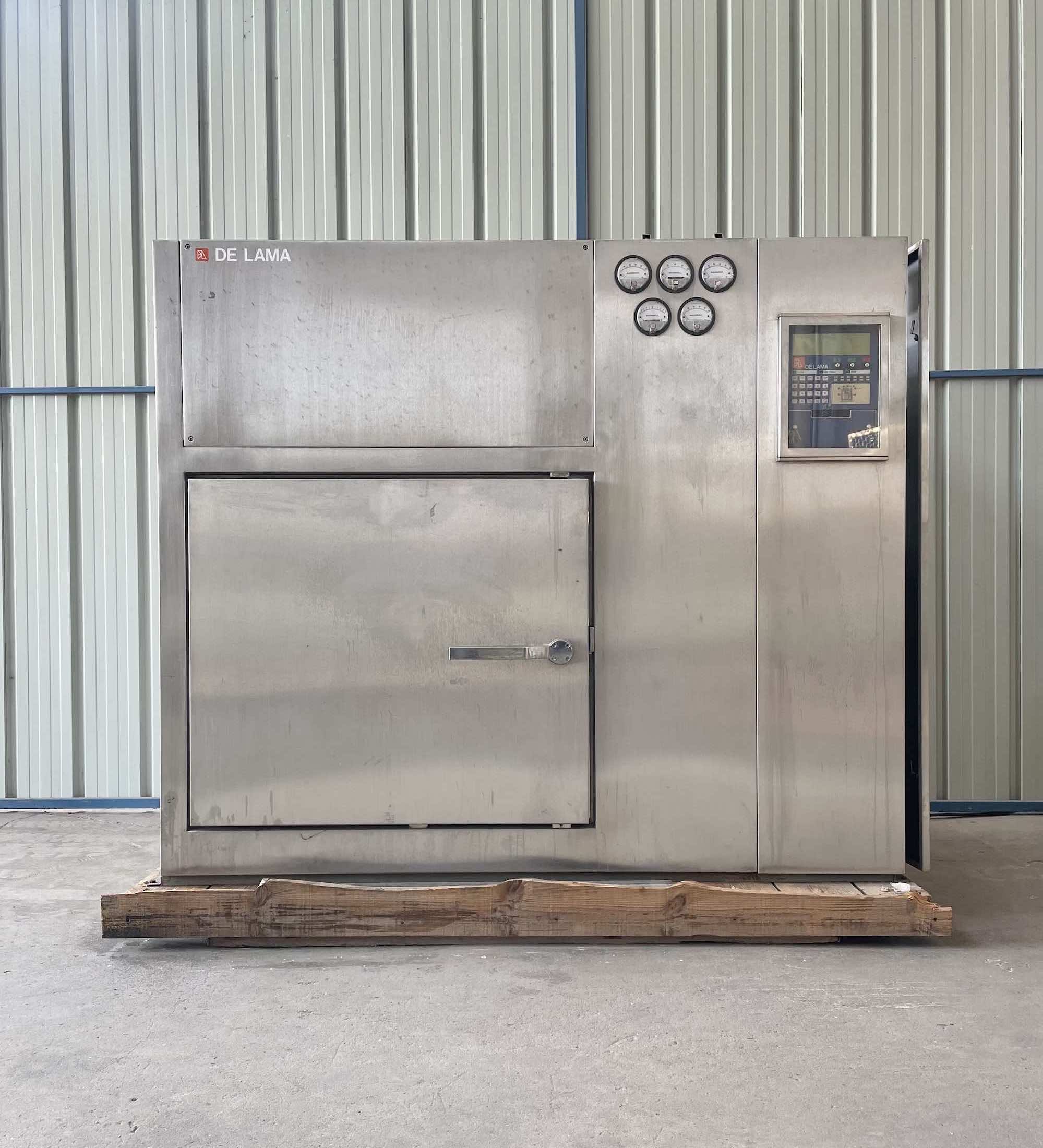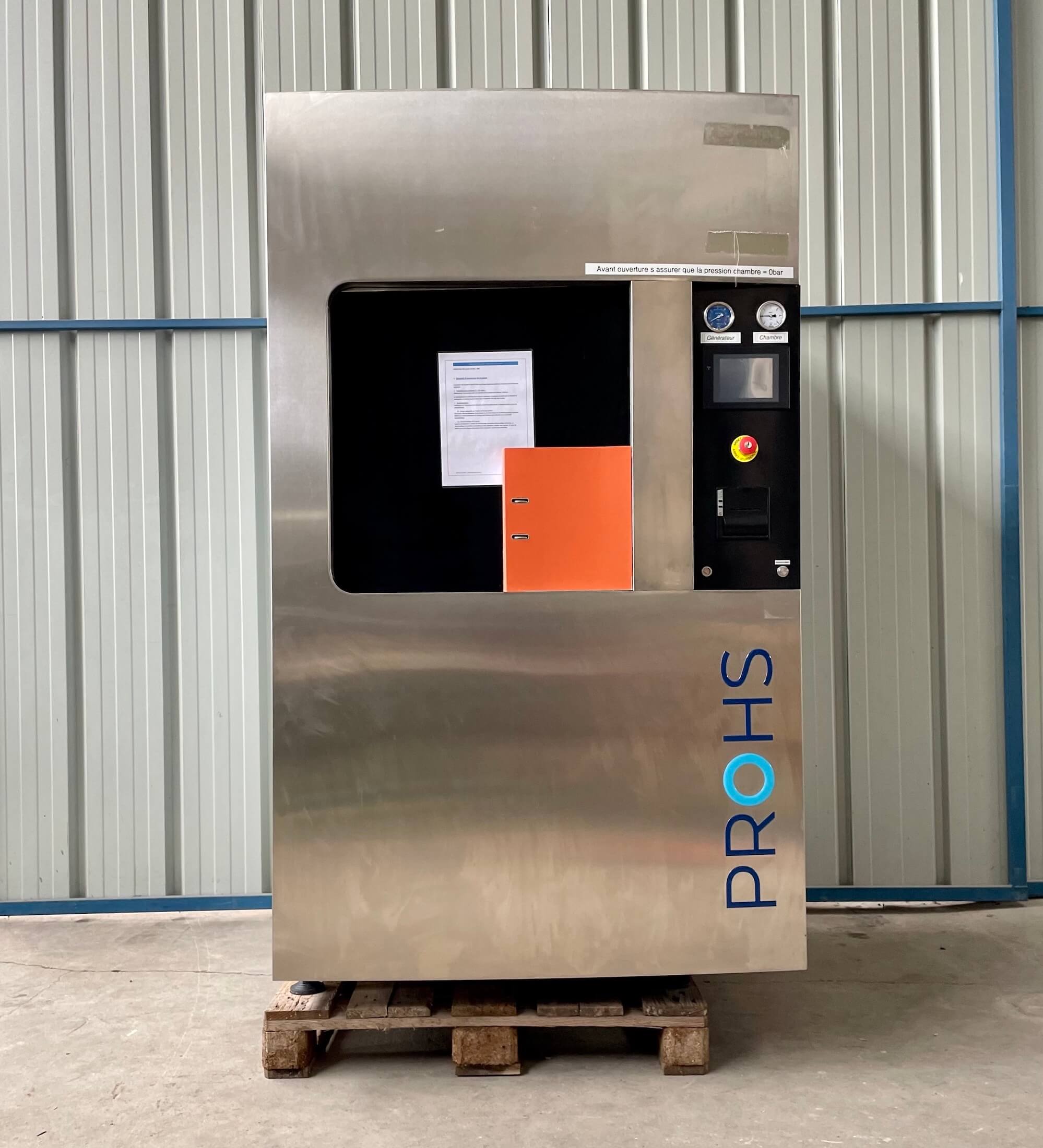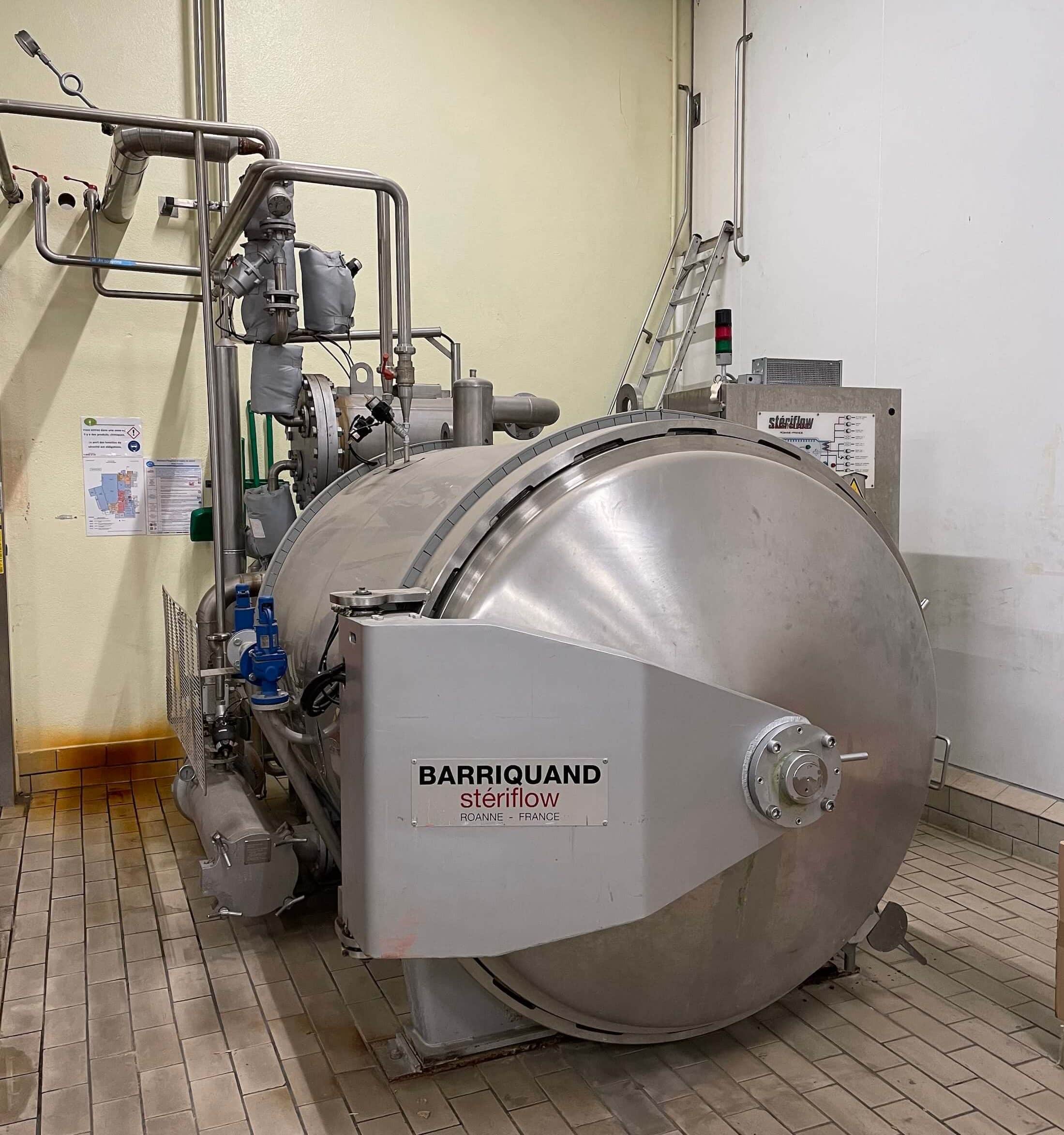Autoclave steriliser
An autoclave is a thick-walled, hermetically sealed machine designed to carry out either an industrial reaction, cooking or steam sterilisation under pressure (of a few bars).
The purpose of this equipment is to achieve microbiological sterility. To achieve this, the sterilising agent is steam. This steam is either saturated under pressure or overheated. Thanks to the pressure, the water in the autoclave starts boiling above 100°C, to exceed the life limit temperature set at 110°C.
A number of elements are essential when starting up an autoclave:
Water steam in quantity, quality and homogeneously distributed.
Precise temperature
Precise pressure
Pure water from a medical point of view
The sterilisation time varies, depending on the packaging, the product to be sterilised and the speed required by the company. Therefore, it is essential to invest in a medical or food autoclave that corresponds to the needs of the sector of activity concerned.
An autoclave is equipment used in laboratories and in industrial environments (food, pharmaceutical, etc.) to simultaneously subject a load to high temperature and pressure.
Phases of the sterilisation cycle
1 – Simultaneous rise in pressure and temperature by injection of heat transfer fluid (steam or superheated water). This first phase is carried out by different vacuum phases. The aim is to achieve a perfect vacuum.
2 – Bearing or sterilisation. The bearing temperature is maintained for a specified time according to the sterilisation schedule.
3 – Cooling. Reduction of the temperature/pressure couple.
4 – Return to atmospheric pressure
The different types of autoclaves
There are several different autoclaves:
– Autoclaves used for sterilisation, of small to medium dimensions, are very present in the medical sector, laboratories, etc.
– Industrial autoclaves are used to sterilise large volumes (food processing, hospitals, etc.), to cure (polymerise) composite material parts (aeronautics, automotive, etc.), to manufacture laminated glass or to vulcanise rubber.
– Chemical autoclaves can generate reactions at very high pressure and temperature (5000 bar, 900°C).
– Autoclaves for the treatment of wood work cold, the pressure alone allowing the penetration of the treated product into the wood.



